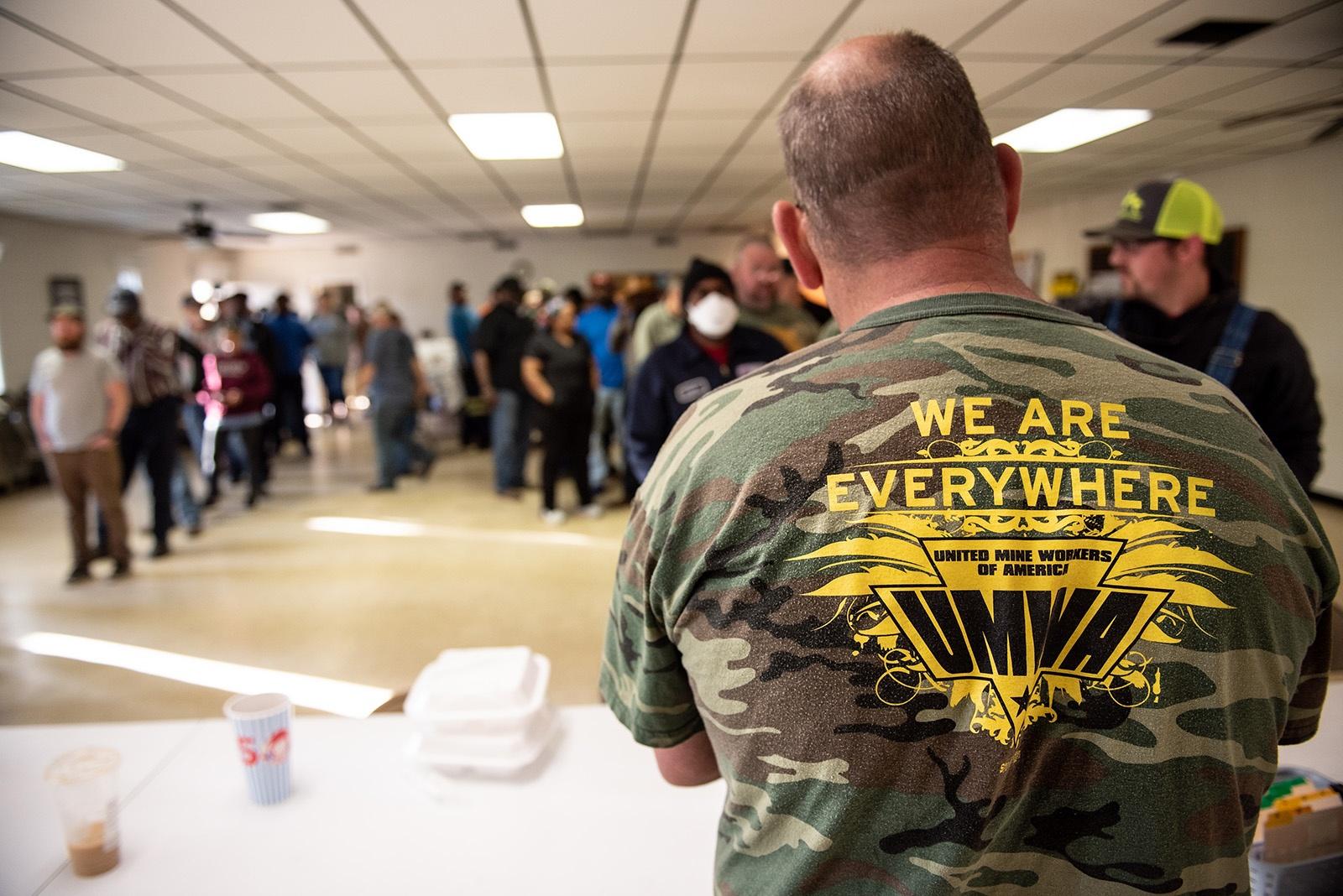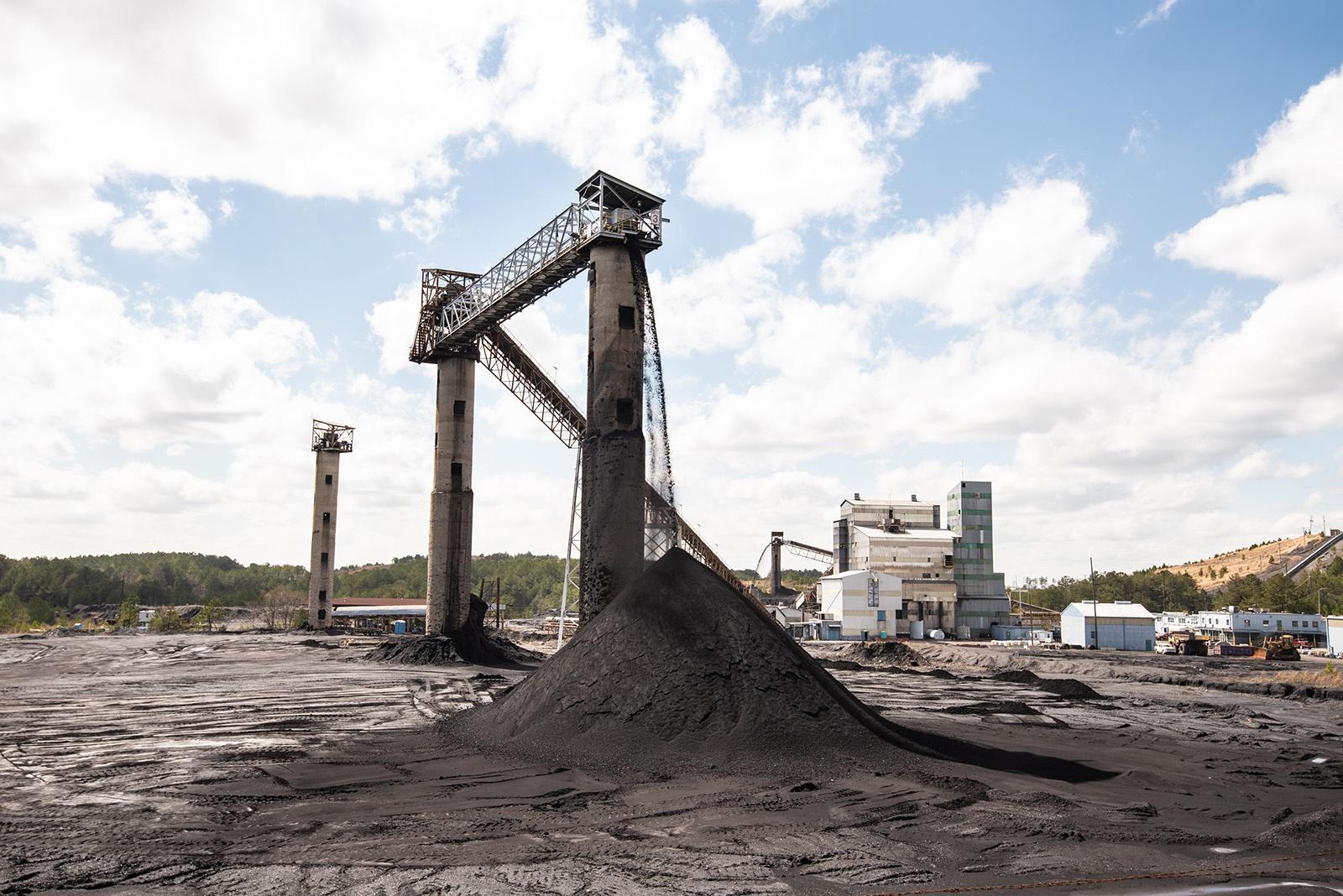A little more than a decade after the Battle of Blair Mountain, the National Labor Relations Act of 1935 was passed — causing a decline in these types of conflicts, according to labor history author Colin Davis. The law added protections for collective bargaining, giving workers a new, legal route to fight — no longer physically — for their rights.
“Once they got that, the level of violence plummeted,” Davis said.
It also required companies to negotiate in good faith with unions and added consequences for those that didn’t.
But while violence declined after the law’s passage, it didn’t completely end. In 1937, Chicago police fired into and attacked a group of steelworkers and their supporters, killing 10 strikers in what’s known as the Memorial Day Massacre. Video of the event and the outrage that followed would lead to a further decline in violence, according to Martin.
“One of the things that made that incident so important is that it was on film,” Martin said. “Members of Congress were able to see that shooting and they saw that the police were shooting strikers and family members in the back.”






